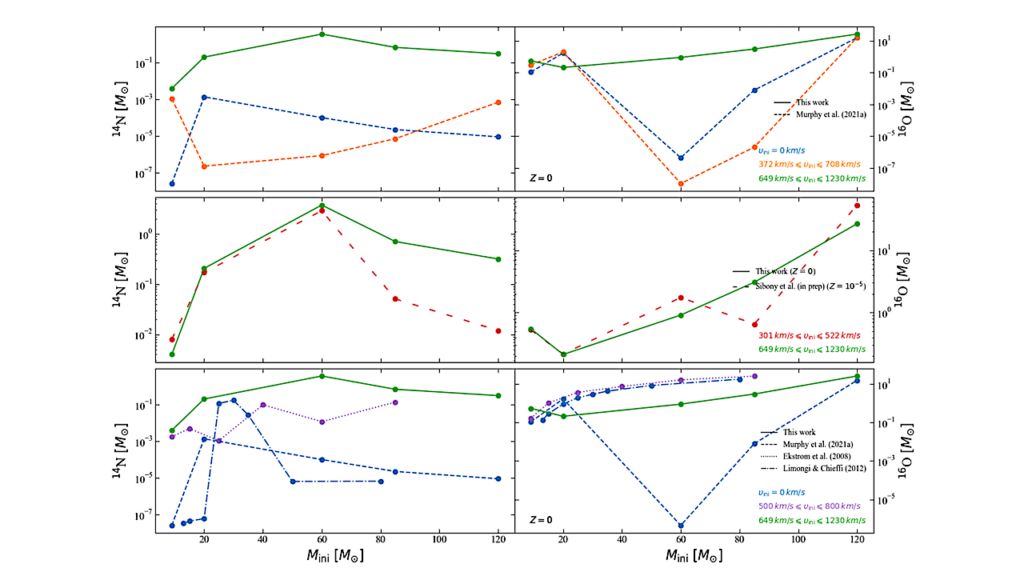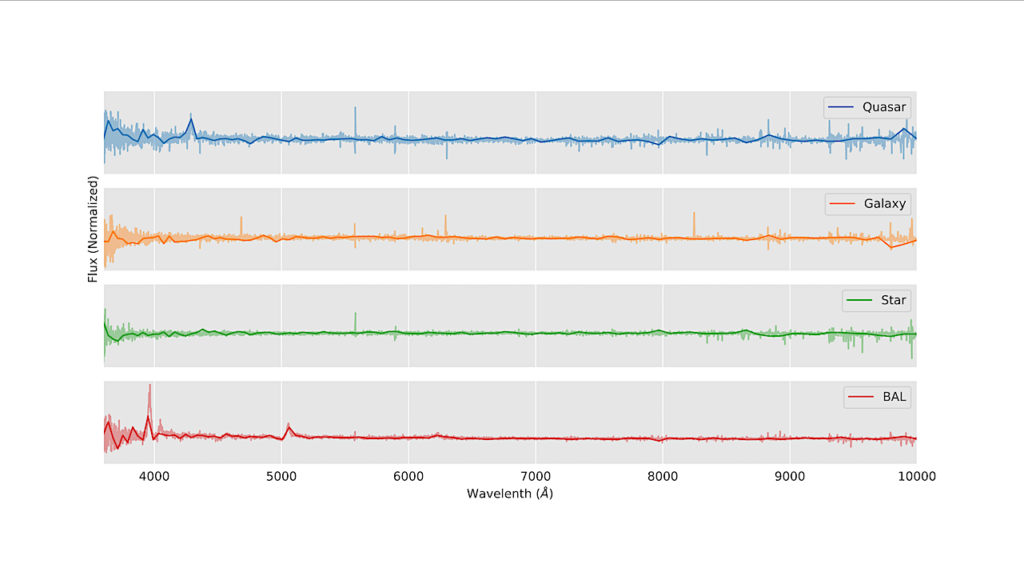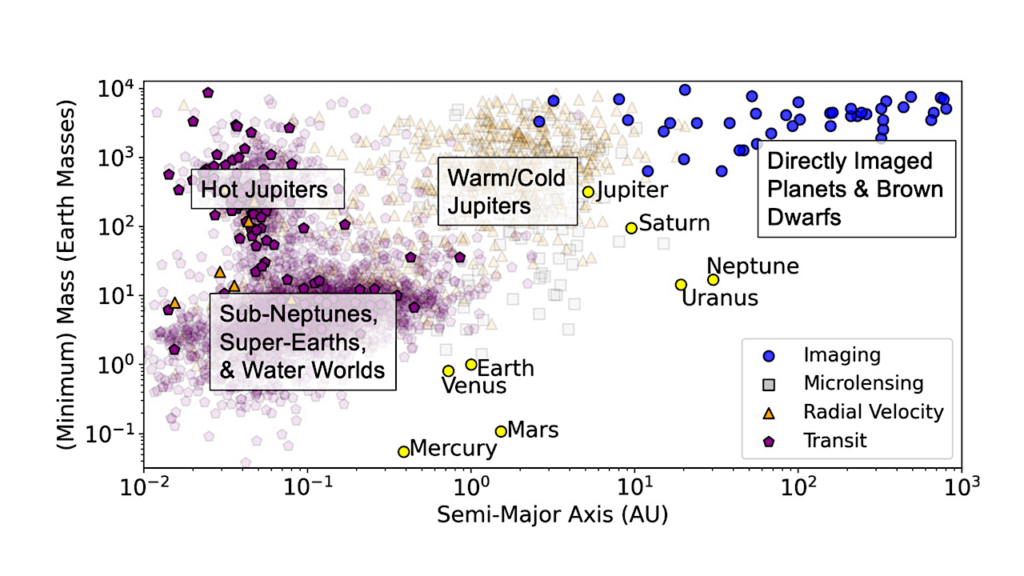Long-term Stellar Activity Of M dwarfs: A Combined K2 And TESS Study Of Two Early M-type Stars

Studies of the rotation and activity of M type stars are essential to enhance our understanding of stellar dynamos and angular momentum evolution.
Using the outstanding photometric capabilities of space telescopes rotation signals even with low amplitudes can be investigated in up to now unrivaled detail. By combining data of K2 and the TESS prime mission the star spot activity of M dwarfs can be monitored on half a decade timescale. In the framework of our study on the rotation-activity relation for bright and nearby M dwarfs we also aim at an investigation of the long-term activity.
While K2 was observing fields distributed around the ecliptic plane, the TESS prime mission was oriented along a line of ecliptic longitude with one camera centered on an ecliptic pole. Due to these different observing strategies, the overlap between K2 and the TESS prime mission is marginal. However, 45 stars from our sample were observed with both missions of which two early M-type stars that fulfill our selection criteria, EPIC 202059229 and EPIC 245919787, were analyzed in more detail.
We found that for both stars the rotation period did not change while the rotational phase did change for EPIC 245919787 by ~0.2. The amplitude of the spot induced variability changed for both stars but more significant for EPIC 245919787. By comparing the cumulative flare frequency distributions we found that the flare activity for EPIC 202059229 is unchanged while it slightly changes for EPIC 245919787 between the K2 and TESS epochs.
Using a combination of light curves from K2 and TESS that span a baseline up to 4.5 years we could measure significant differential rotation for EPIC 245919787. Furthermore, we show that combining missions like K2 and TESS is a promising method for detecting stellar activity cycles.
St. Raetz, B. Stelzer
Comments: Accepted for publication in A&A, 18 pages, 22 figures, 4 tables
Subjects: Solar and Stellar Astrophysics (astro-ph.SR); Earth and Planetary Astrophysics (astro-ph.EP)
Cite as: arXiv:2404.16625 [astro-ph.SR] (or arXiv:2404.16625v1 [astro-ph.SR] for this version)
Submission history
From: Stefanie Raetz
[v1] Thu, 25 Apr 2024 14:09:41 UTC (2,635 KB)
https://arxiv.org/abs/2404.16625
Astrobiology








